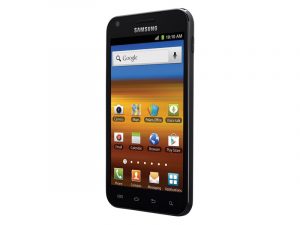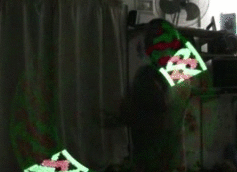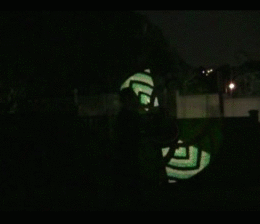I am working towards opening up the whole thing, hopefully I can get some productive feedback this way. However, to make something for yourself is one thing, to share is another. Lets just say the code is not ready to be shared. #messyprogrammer a lot
In the meantime here is a simple POV example on github which will work for esp8266 connected to an APA102 144 strip (36 LED’s only for testing). Don’t forget to add a cap between +5v and GND.
Here is a test board I made up, you don’t need the whole lot, just one of the esp breakouts and the LED strip. Here I have 2 controllers (only one on at a time!) and also a voltage regulator, and accelerometer as well.
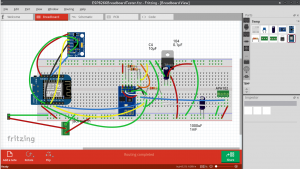
In case you are wondering, the Esp-01 is connected to the breadboard by this method: http://www.instructables.com/id/Making-ESP8266-01-module-breadboard-friendly/
Simply put, you remove the plastic pin spacers with plyers, and now the pins are bendable to a more breadboard friendly configuration. No soldering needed.
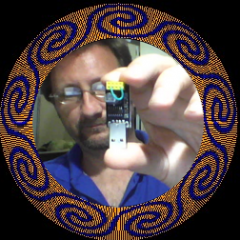
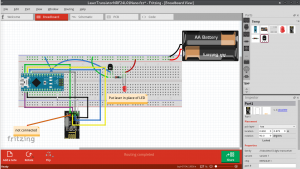
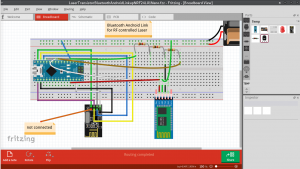
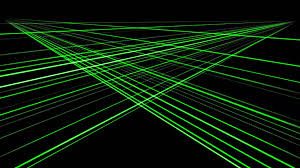
 +
+